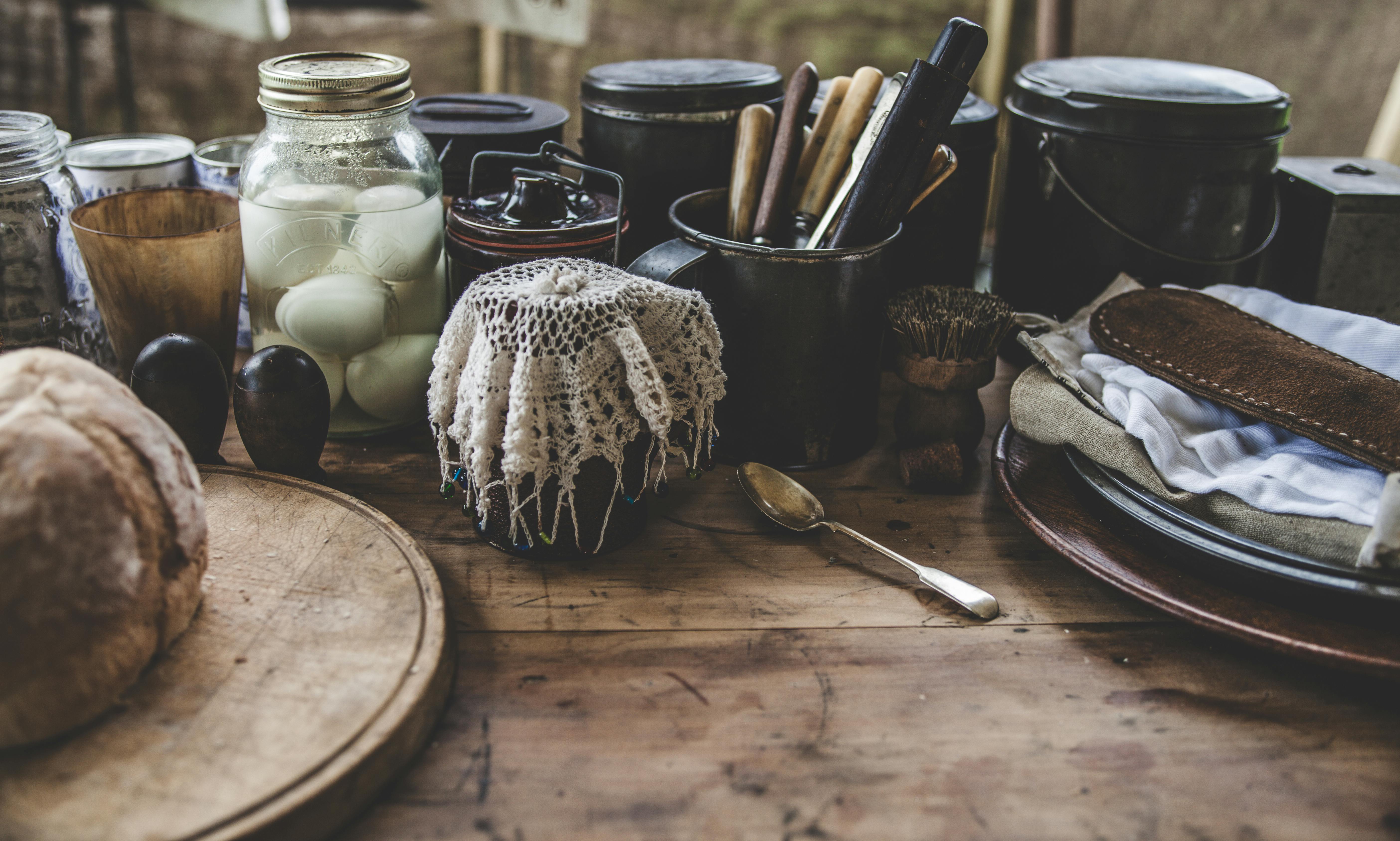European river cruises to the eastern edge of France through Alsace and Lorraine show you a completely unique aspect of France and Europe. This beautiful region has a long and storied past.
Alsace and Lorraine – beauty with a turbulent history
European river cruises through the waterways and canals of this area of France will allow you to see some very beautiful scenery with some incredibly historic towns and cities, but this was not always the case.
Historically, this was always a notorious “grey area” between France and Germany or Germany’s precursor states. In parts of this large region, the language spoken was a German dialect and there was a divide between the French and the cultural Germans both by general geography and by rural/urban tradition.
Well established as part of France by the mid-19th century, it was ceded to the new German state after France’s catastrophic defeat in the Franco-Prussian War of 1870.
Thus began a period of ‘Germanization’ but the position changed again in 1919 when after the First World War, the lands were again ceded to France. That, in turn, heralded a period of ‘francification’ that included large deportations of people from the area who were of German origin.
Parts of the area came under the control of the Nazi state after France’s defeat in 1940 and returned to French control once more after 1945. So much blood was spilled on these lands in the relatively recent past, but today that legacy has result in one of the true multicultural areas of Europe and a wealth of traditions that must be seen.
The culture, German or French?
If you take European river cruises through this area, you will see strong echoes of France and Germany. Much of the cuisine here has a distinctly Germanic feel but with French finesse. The local wines in Alsace are simply not quite German or French, they are uniquely Alsatian.
In many of the larger cities, you’ll see old architecture that looks part French and part German. Interestingly, you’ll also see important 19th and early 20th century buildings that are openly and completely out of context in their determination to be classical German or French architecture. They have their origin in the respective attempts to ‘germanize’ or ‘francify’ the lands in past times.
In fact, when you talk to local people with a history in these localities, you can feel that they feel uniquely Alsatian rather than wanting to be drawn too deeply into the agony of whether they are spiritually one or the other.
The past in context
Of course, navigating the waterways of this beautiful part of France and exploring the towns, cities, castles and fortresses is not just about analyzing the follies of the past, but more about having fun! That is very easy to do in Alsace-Lorraine. The local food and wines are excellent, the countryside is delightful, and many of the towns are exceptionally historic and picturesque.
So if European river cruises appeal to you, give this part of eastern France a hard look.
